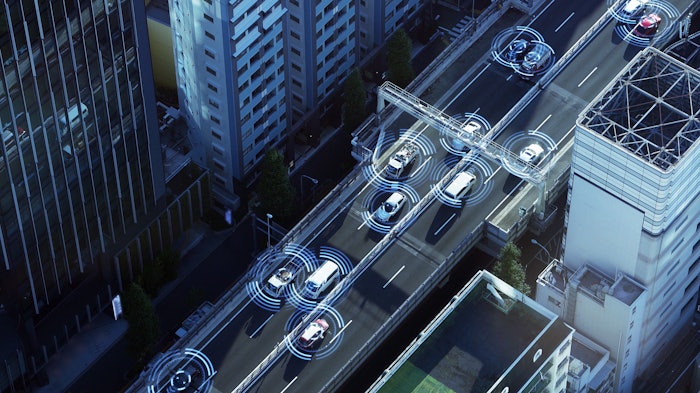Navigating A Safer Path For Autonomous Vehicles
Texas A&M University is creating advanced mapping technologies to further the evolution of autonomous vehicles.
The Importance of High-Definition Maps for Autonomous Vehicles
For autonomous vehicles (AVs) to travel safely, they require real-time, high-definition maps that accurately reflect their changing environments. Without frequent updates, these maps can quickly become outdated, increasing the risk of accidents and hindering the progress of self-driving vehicle technology.
Dr. Gaurav Pandey, an associate professor in the Department of Engineering Technology and Industrial Distribution (ETID) at Texas A&M University, has received a research grant from Ford Motor Company to advance mapping technology for AVs.
Developing a More Efficient Mapping System
At his Computer Vision and Robotics Lab, Dr. Pandey is leading research to develop cost-effective, dynamic mapping solutions that can support highly autonomous and fully autonomous transportation.
Many assume that AVs can navigate solely using cameras, similar to how humans rely on eyesight. However, humans use both vision and mental maps that automatically update based on changing conditions, such as road construction or detours. Current AV mapping technologies are expensive and lack real-time update capabilities.
Crowdsourced 3D Mapping for Autonomous Vehicles
To overcome this challenge, Dr. Pandey is developing a software framework that leverages crowdsourced 3D map generation and visual localization using camera data from existing Ford vehicles.
Rather than relying on specialized mapping vehicles, this new system will utilize data collected from cameras and sensors in Ford cars already on the road. This approach will enable real-time map updates while significantly reducing costs.
Understanding the Six Levels of Autonomous Driving
The Society of Automotive Engineers (SAE) defines six levels of vehicle automation:
- Level 0: No automation.
- Level 1: Basic driver assistance (e.g., lane-keeping).
- Level 2: Partial automation (e.g., adaptive cruise control, self-parking).
- Level 3: Conditional automation, allowing hands-free driving but requiring driver intervention when needed.
- Level 4: High automation, where the vehicle can operate without human input except in certain weather conditions.
- Level 5: Full automation, where no human intervention is required.
The Future of Fully Autonomous Vehicles
While Level 4 and Level 5 AVs are being tested in various U.S. cities, widespread commercial adoption remains uncertain. Currently, driverless taxis operate in limited areas, with companies such as Waymo (Alphabet/Google), Amazon’s Zoox, and others leading the way.
Despite challenges, self-driving technology promises safer roads, increased convenience, and greater accessibility for disabled individuals. Dr. Pandey, with over a decade of experience in AV research, believes full automation is inevitable—the question is when it will become a reality.
(According to IEN)

